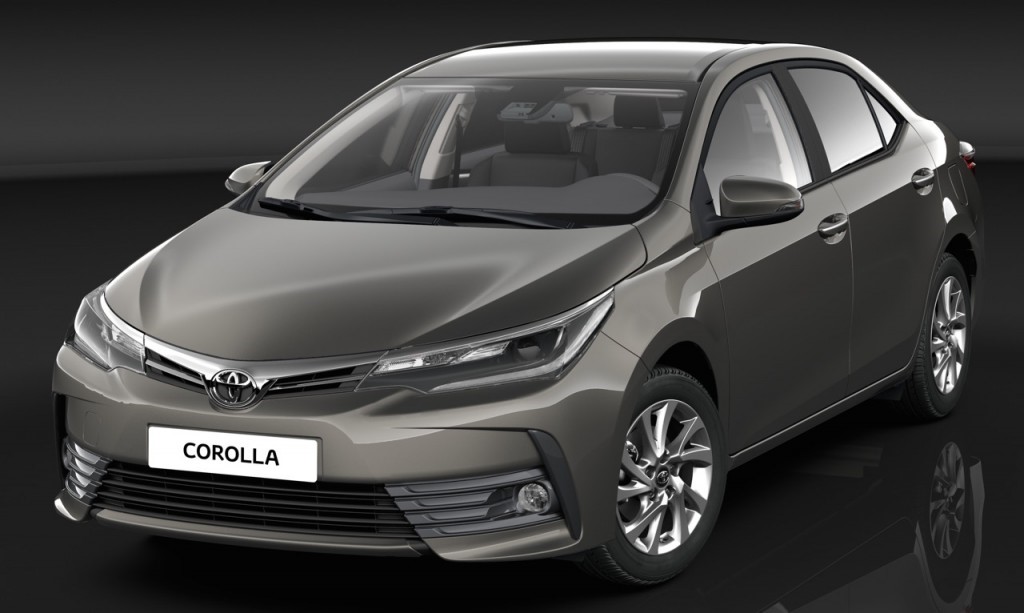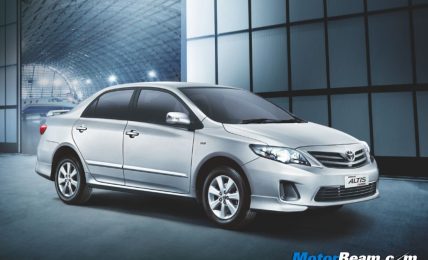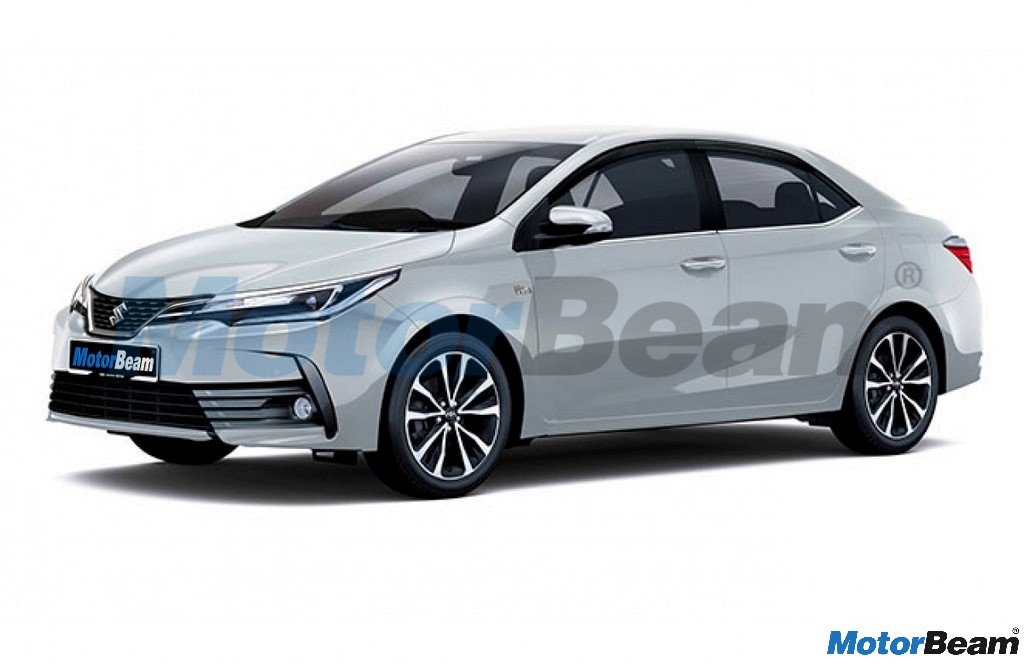All cars are available with a diesel engine but Fluence isn’t offered with a petrol motor
Performance – The Renault Fluence is only offered with a diesel engine, so if petrol is what you are looking at, you have four engine choices, since Skoda offers the Octavia with two turbocharged petrol mills. The 1.8 TSI engined Octavia (180 PS) is in a league of its own and if you have the budget, then there is nothing that even comes close to the performance of this car. The 1.4 TSI engined Octavia produces 140 PS, which is the same as the Corolla but belts out much more torque (250 Nm vs 173 Nm), that too at lower RPM. The Elantra’s petrol mill is good enough for 150 PS and 181 Nm, you do have to rev the nuts off it to really get going. All these cars are offered with manual and automatic gearbox options. Skoda offers a 6-speed manual on the 1.4 TSI and a 7-speed DSG on the 1.8 TSI. Meanwhile Toyota offers a 7-speed CVT and 6-speed manual, and Hyundai offers a 6-speed on both the manual and automatic transmissions. The Corolla is the only car here which comes with paddle shifts and the omission of the same on the Octavia is surprising, more so on the fire-breathing 1.8 TSI.
The Elantra and Octavia are the only cars which are offered in both manual and auto
In terms of performance of these petrol cars, the Elantra is the least impressive while the Octavia is the quickest. However, in spite of the Octavia being the fastest here, it doesn’t sound as smooth as the Corolla which sings its own Japanese tune near the redline. With the diesels, the gap between performance of these cars widens even further. The Corolla is the least powerful here, it also has the smallest engine (same one used on the Etios but with a VGT). Producing a shockingly low 88 PS of power and 205 Nm of torque, the Corolla diesel’s output, size and pricing are a mismatch. This engine might be frugal but it just lacks the punch you would expect in a D-segment car. Then there is the Fluence, which uses a 1.5-litre unit with 110 PS and 240 Nm on offer, still not very quick but much better than the Corolla in terms of performance.
The Skoda Octavia is the fastest car here, petrol or diesel, manual or automatic
The Elantra on the other hand produces 128 PS and 260 Nm from its 1.6-litre engine, performance being significantly better than the other two. The best diesel engine is without doubt the 2.0-litre TDI powertrain in the Octavia, it belts out 143 PS and 320 Nm. This same mill also does duty on VW and Audi cars, with the latter using it to power the A4, A6, Q3 and Q5 vehicles. The diesel powered Octavia is the fastest here and never feels lacking in power, a feeling often felt in the other cars here. While Toyota and Renault offer the Corolla Altis and Fluence respectively with a 6-speed manual gearbox only, Hyundai and Skoda offer the option of both a manual and an automatic.
Toyota has given the Corolla an astonishingly underpowered diesel engine, only 88 PS
Hyundai pairs a 6-speed manual and automatic to the diesel Elantra while Skoda also does the same, its automatic tranny being the fantastic DSG unit. Skoda also wins top honours for the clutch (in case of manual) and gearbox (both in case of manual and automatic) in the Octavia, no matter which engine is under consideration. In terms of efficiency, the Octavia 1.4 TSI is the most frugal when it comes to petrol engines while the Corolla is the most efficient in terms of diesel, the Fluence not being far behind. NVH levels in all cars is good, the Fluence is a bit louder than the rest but not much to differentiate each of these vehicles in the sound department.
The European cars easily lead the pack when it comes to driving dynamics
Driving Dynamics – European cars are known for being dynamically rich and that’s quite the case here too. Not only do the Skoda Octavia and Renault Fluence handle better than the Toyota Corolla and Hyundai Elantra, they also ride and brake better. The Elantra scores the least marks in this department, it simply doesn’t handle as well as the others with even the Corolla being significantly better than the Korean. The steering feel in the Elantra isn’t as rich as that on the Corolla, it’s too light at low speed but weighs up only decently at high speeds. The Corolla comes third in the driving dynamics department and matching the Fluence or Octavia is just far fetched.
The Octavia handles the best while the Fluence rides the best, Asians are no match
The Corolla’s steering doesn’t feel too light at low speeds, nor does it feel too heavy at high speeds. The vehicle does have that typical Japanese light-ness attached to it and while the Corolla and Elantra are stable at speed, they simply can’t hold a candle to the tank like feel from the Europeans. The ride quality is good on the Corolla but not as good as what’s on offer by the Fluence or Octavia, with the Skoda not only being the most fun to drive but also the most stable at speed. The surprise package is of course the Fluence, a car which is so dynamically potent but very few know about it. Both these European cars inspire confidence when you push hard but the ride quality is better on the Fluence (Skoda equips the 1.4 TSI and 2.0 TDI versions with a cheaper torsion beam rear suspension) but in terms of steering feel, handling and overall driving dynamics, the Octavia emerges on top. It also has the strongest brakes here.
This is how these cars finish in this shootout, the Octavia continues to lead the pack
Verdict – Four very competent cars but by now we all know who emerged on top. When seen in isolation, all these cars perform very well but when put in an intense battle with key rivals, bad points get severely amplified. Sure, buying all of these cars won’t make you go wrong, the Fluence has a distinct persona, the Corolla has the Toyota quality and resale, the Elantra has the value while the Skoda has the performance and dynamics. The problem is more to do with perception. The Toyota Corolla has been a top seller the world over and people often say that it fares high on quality and is extremely reliable, this is no longer an advantage as competitions have caught up and it’s now a level playing field, we simply can’t say if you want a reliable and quality car, buy a Corolla because even the Elantra is equally good on quality, being as reliable.
Had the Corolla got more features and a more powerful diesel, it would have done better
So while the Renault Fluence finishes last because of its lack of features and only one single engine-gearbox combo, it’s still a fine car if you are not value conscious. The Toyota Corolla comes third, it’s again a very accomplished car, the latest iteration is a move in the right direction but the diesel engine really messes up the equation, a 89 PS motor in a 20 lakh car? The diesel powered Corolla isn’t offered in VL trim, the max variant is the GL, so you mainly miss out on cruise control and navigation. Still, the Corolla doesn’t get rear AC vents, side airbags and traction control. With more features on offer along with a more powerful diesel engine, the top-end diesel Elantra (manual) is a whopping Rs. 1.80 lakhs cheaper (1.43 lakhs between the petrols) than the Corolla, this Hyundai spells value for money like nothing else in the segment, helping it secure the second spot. Still, if money no bar, the Skoda Octavia is the car to buy, it sure is expensive with the price difference between the top-end Octavia and Elantra being Rs. 3.64 lakhs. Just like before, the Skoda Octavia continues to rule the D-segment.
While the Hyundai Elantra plays the value for money card very well to emerge as the runner up, the Skoda Octavia continues to wow you over with its splendid package of performance, dynamics and almost everything else, the only thing going against it, is its price. The Corolla can no longer play its Toyota card and omission of safety features along with a lacklustre diesel engine hamper its chances of victory drastically.
The Octavia is the only car which gets a sunroof but is the most expensive here
Further Reading –
2014 Skoda Octavia Review
Hyundai Elantra Review
2014 Toyota Corolla Review
2014 Renault Fluence Review
Skoda Octavia vs Volkswagen Jetta vs Hyundai Elantra




